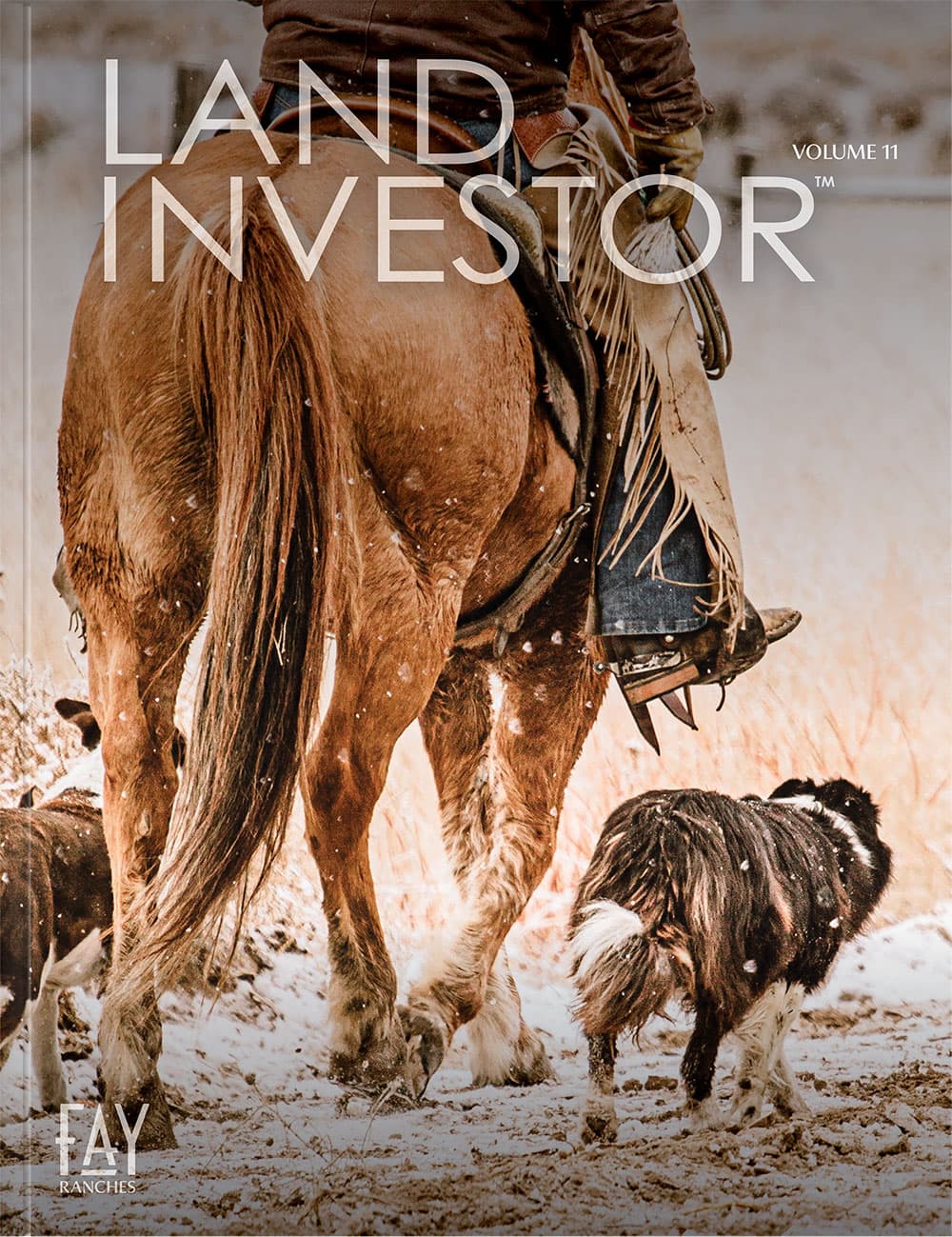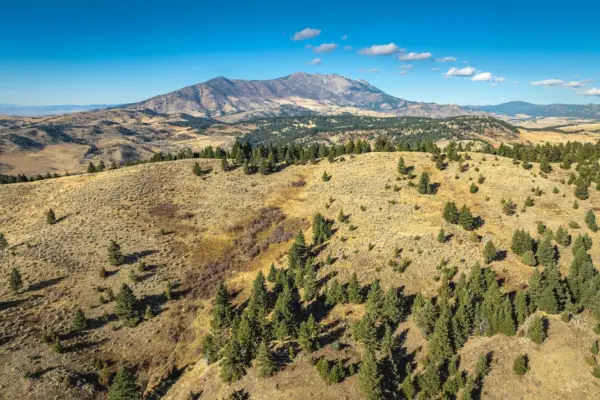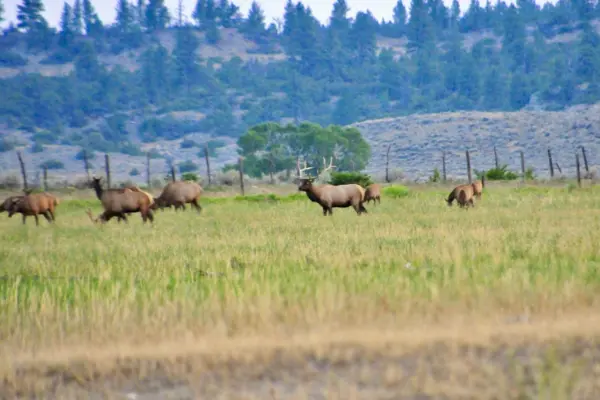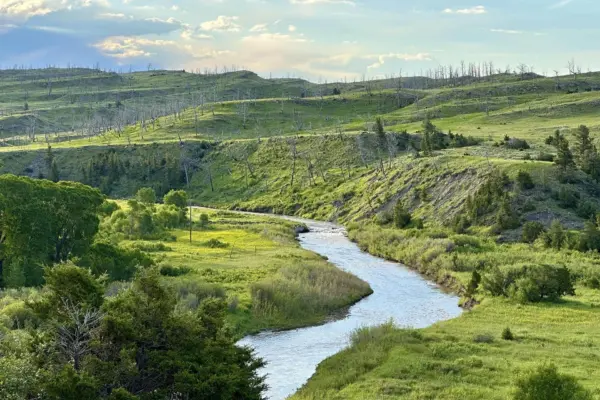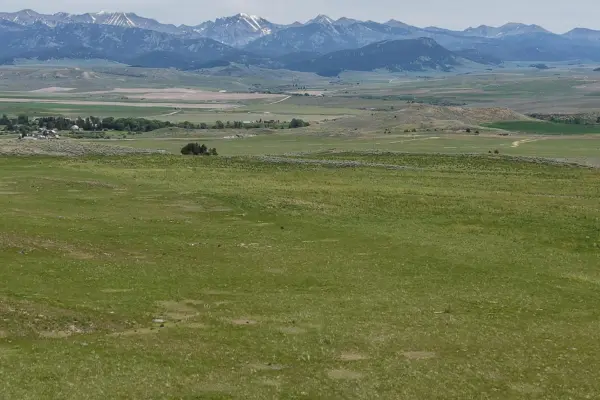So, what does this all mean for the ranch land investor or owner? Ranch Advisory Partners, as well as a growing cohort of family ranches across the west, have demonstrated for decades that by embracing the power of rigorous ecological and financial monitoring and analysis, a western ranch can grow out of poor performance and into truly sustainable profitability. As to the 20,000-acre Wyoming ranch case study, the ranch now performs at a very high level after two decades of relentless monitoring, analysis, and intensive management. Streams that were once so damaged that they couldn't provide enough water for livestock now flow with clean water year-round. Today, there is hardly any bare ground and no erosion. There are no longer cow pies to count: the soil is so healthy that the land now absorbs them. Desirable plant species have entered the landscape in increasing numbers, replacing weeds. "We have yet to see what the top end looks like. [The land] just keeps on improving," Todd concludes. If that alone isn't enough, the final statistic that smacks it out of the park is that after twenty years of intensive management, the ranch now sustainably operates a herd with five times the number of cattle as when Todd first became involved. That's five times the production. Five times the income. All from management and suitable capital projects that paid for themselves. All without the ranch acquiring a single additional acre.
"There is a real investment opportunity in buying ranches and fixing them up," says Todd. "If you are a buyer looking for that underperforming ranch, you'll find it. But do you have the capital and patience to get to a higher level of performance with a learning curve that is nearly vertical? Buyer beware!" Todd cautions the would-be ranch investor who jumps into ranch ownership expecting similar results without understanding what it takes to deliver these outcomes. With no two ranches alike and in what can seem like a minefield of caveats and nuance, when Todd is asked about a specific outcome for any hypothetical scenario, his answer will likely be “it depends.” Todd’s answer is sincere wisdom however, speaking from decades of experience. Despite all the success stories, he has seen his share of wrecks involving those that got going too fast, too quick.
Todd equates managing a ranch with picking up speed going down the highway. "A less intensive management approach is like driving your vehicle down the highway at 10 miles an hour. When you're adding stock water, and you're adding levels of intensity of management, all of a sudden, you're doing 40 miles per hour, and you need to look at your dashboard more often. But when you're [performing] like some of the ranches we work with, that are running herd sizes that are three to five times what they historically ran, now you're going a hundred miles an hour, and you can drive off the road pretty easy without the right performance metrics to let you know you're going the right way… so slow down and make sure people, the land, finances, and livestock are moving together as a whole… really, the first three years of changing the management of a ranch are the most critical, because that's where the most mistakes happen. Once you get through the first three years, then all of a sudden, the cows understand what you're doing, your own team understands what you're doing."
Billy Beane's biggest hurdle was first convincing his seasoned management team to abandon their old ways and it wasn’t easy. In the same way, getting buy-in to adopt a new paradigm on a ranch operating the same way for 100 years could be the biggest challenge for new and current landowners alike. Sabermetrics had been around in some form since the 1970s before Beane et al. became famous for the practice nearly three decades later. Nevertheless, an entire industry remained skeptical until the A's put on full display the power of their new management paradigm with a record-setting 20 straight wins in the 2002 regular season— searing an unambiguous 'adapt or die' brand into the flesh of professional baseball. We might just be seeing a similar tipping point for western ranches now. The data is in, and the list of wins for those taking a whole-systems analytical approach to western ranching is hard to deny, which for the land investor is worthy of serious inquiry.
If you want to hear the entire conversation with Ranch Advisory Partners, stay tuned for the first season of Land Investor Podcast
coming summer of 2023.
